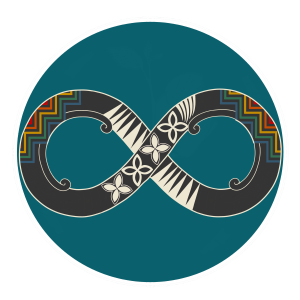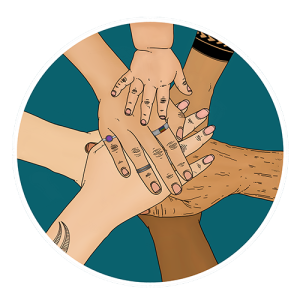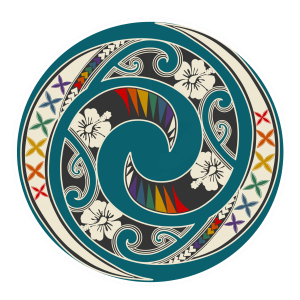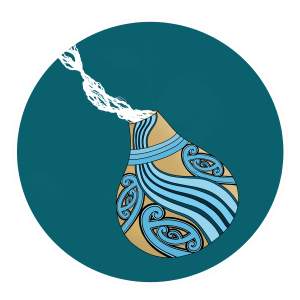Te aratohu tikanga

Co-designing with consumers, whānau and communities | Hoahoa tahi me ngā kiritaki, ngā whānau me ngā hapori
Click here

Using lived experience to improve health services | Te whakamahi wheako mātau hei whakapai ake i ngā ratonga hauora
Click here

Improving equity through partnership and collaboration | Te whakapai ake i te mana taurite mā te mahi tahi
Click here

Accessibility and resourcing for consumer, whānau and community engagement | Te whai wāhi me te whai rauemi mō te mahi tahi ki te kiritaki, te whānau me te hapori
Click here
Published: 17 Mar 2023
Modified: 19 Jun 2023
